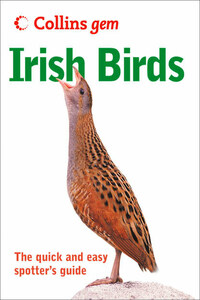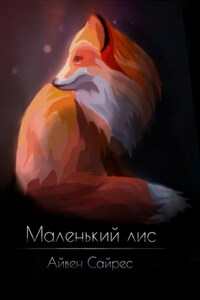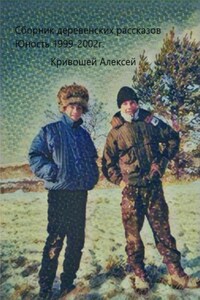Copyright
Collins
An imprint of HarperCollinsPublishers Ltd.
1 London Bridge Street
London SE1 9GF
www.harpercollins.co.uk
Collins is a registered trademark of
HarperCollins Publishers Ltd.
First published in 2006
Text © 2004, 2006 David Cabot
Artwork and maps © 2006 HarperCollins Publishers
David Cabot asserts his moral right to be identified as the author of this work.
A catalogue record for this book is available from the British Library.
Illustrations by Norman Arlott
Colour reproduction by Digital Imaging
Layout by Penny Dawes
Edited by Emily Pitcher and Katie Hardwicke
Commissioned by Helen Brocklehurst
Proofread by Hugh Brazier
Index by Hilary Bird
All rights reserved under International and Pan-American Copyright Conventions. By payment of the required fees, you have been granted the nonexclusive, nontransferable right to access and read the text of this ebook on-screen. No part of this text may be reproduced, transmitted, downloaded, decompiled, reverse-engineered, or stored in or introduced into any information storage and retrieval system, in any form or by any means, whether electronic or mechanical, now known or hereafter invented, without the express written permission of HarperCollins ebooks
HarperCollinsPublishers has made every reasonable effort to ensure that any picture content and written content in this ebook has been included or removed in accordance with the contractual and technological constraints in operation at the time of publication
Source ISBN: 9780007207701
Ebook Edition © FEBRUARY 2017 ISBN: 9780008252595
Version: 2017-09-27
Dedication
To Louise Cabot, with love and admiration.
ABOUT THIS BOOK
This book is designed for those with a general interest in Irish birds who would like a simple, easy-to-use and well-illustrated guide to the most frequently occurring birds in Ireland. Rare and unusual species have been left out as these are for the more experienced birdwatcher and are covered by other books. However, a few scarce birds have been included when they are of particular Irish significance. Birds have been selected for this guide on the basis that they are the ones most likely to be encountered by the beginner and the nonspecialist birdwatcher.
There are many different ways of presenting a guide to birds. In this book birds are grouped according to families and species, in order to aid identification between similar types. Each species description highlights the features which help in identifying a bird and gives information on the habitat(s) occupied by the species, the season during which it is present, and the areas in which it occurs.
Irish bird names are taken from BirdWatch Ireland’s Checklist of the Birds of Ireland (1999).
GENERAL NOTES ON BIRD IDENTIFICATION
Many beginners feel intimidated by the apparent difficulties of identifying so many different kinds of birds. The biggest problem is getting close enough to a bird to see it properly. There are two ways of overcoming this. First, set up a simple bird table in your garden, close to a window, where you can watch many different birds coming and going. This is how I started off when, at an early age, I became curious about birds. The other way is to visit wildfowl or other bird collections where birds are tame and allow close approach. A few good places to start might be St. Stephen’s Green, Dublin; The Lough, Cork; Dublin Zoo; The North Slob Wildfowl Reserve, Co. Wexford; Castle Espie Wildfowl Collection, Comber, Co. Down; and Fota Wildlife Park, Co. Cork.
After you have acquired the basic rudiments of bird identification, the next – and most enjoyable – way to increase your knowledge is to join a field outing of a bird club or organisation or, better still, tag along with a friend who is more experienced than you. It is amazing how quickly you will learn to identify a greater number of birds, not only by plumage but also by the songs and the way they move or fly. The only piece of equipment needed is a pair of reasonably priced binoculars (magnification of 8×30 is best to start with), plus a notebook to record what you see.
There are seven basic categories of information that will aid you on your path to successful bird identification:
1 SIZE: Is it larger or smaller than, or the same size as, a bird familiar to you (such as the robin or the blackbird)?











